Media | Articles
Final Parking Space: 1971 Lincoln Continental Mark III
A couple of months back, we admired a forcibly retired example of one of Ford’s more affordable personal luxury coupes for the 1970s. This week, we’re climbing much higher on the Detroit personal-luxury prestige ladder and back in time a few additional years, with this final-model-year Lincoln Continental Mark III in a car graveyard located in John Steinbeck’s hometown.

As was the case with the Pinto, Mustang, and all the members of the extended Chrysler K-Car family, the Mark III’s mastermind was Lee Iacocca.

GM’s Cadillac Division began making serious money on the Eldorado starting with the 1967 model year, when the high-roller model name was transferred to a rakish-looking two-door hardtop equipped with front-wheel-drive and sharing a platform with the Buick Riviera and Oldsmobile Toronado. Iacocca decreed that the old Lincoln Mark name would be revived, and that it would live on a two-door hardtop based on the Ford Thunderbird’s platform.

The Continental Mark III debuted in the spring of 1968 as a 1969 model, and it was a radical shift from the stodgy Continentals preferred by then-President Richard Nixon and (a bit later) General Secretary Leonid Brezhnev.

It was priced at $6585, exactly 20 bucks less than its 1968 Cadillac Eldorado rival (that’s $60,790 for the Mark and $60,974 for the Eldo when reckoned in 2024 dollars). Meanwhile, a new 1968 Crown Imperial two-door hardtop had a sticker price of $5721 ($52,814 after inflation).
Marketplace
Buy and sell classics with confidence

Buyers of the Mark III got an automatic transmission and power everything as standard equipment, with air conditioning thrown in at no extra cost only for the 1971 model year. A radio was always an extra-cost option for the Mark III.

The engine is a 460-cubic-inch (7.5-liter) overhead-valve V-8, rated at a mighty 365 horsepower and 500 pound-feet. Those are gross powers numbers, not the net numbers that became mandatory during the course of 1971. For 1972, the Mark IV got a 460 rated at 224 horsepower; most of the power loss was due to the more realistic rating system, though a substantial chunk was the consequence of a compression drop from 10.5:1 to 8.5:1.

The Mark III came with a Cartier “electronic chronometer” (which had the same electromechanical guts as the clocks in more proletarian Fords). Lincoln shoppers could get Cartier clocks in their cars into our current century.

This particular car spent too many years alternating bleaching in the California sun and bathing in salty Pacific fog to be a viable restoration candidate. I’ve seen this sort of top-down rust in plenty of West Coast junkyard cars that dared live near the immense salt-distributing waves of the inaccurately-named Pacific.

The “cavalry-twill textured vinyl” roof has a post-apocalyptic look.

Even with all the damage, this car still has many good parts to offer Northern California Mark III restorers.
“There are those who demand something beyond conventional standards of luxury. That’s why there are the Continentals, the most distinctive cars in America.” I would argue that the Citroën DS, still available as a new car in 1971 America, was more distinctive, never mind the Jensen Interceptor, but perhaps Ford’s copywriters meant just American-made cars. Then again, it was tough to match the distinction of the 1971 AMC Javelin AMX, so perhaps only Michigan-designed cars were considered.









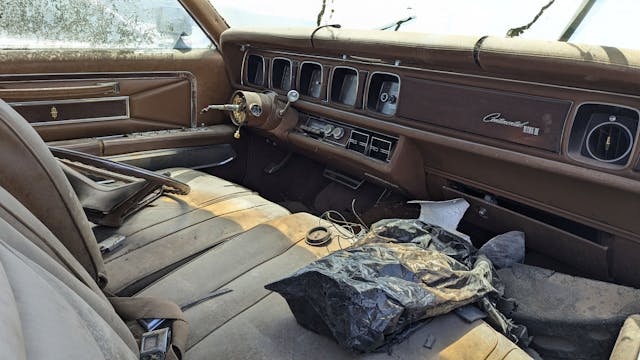

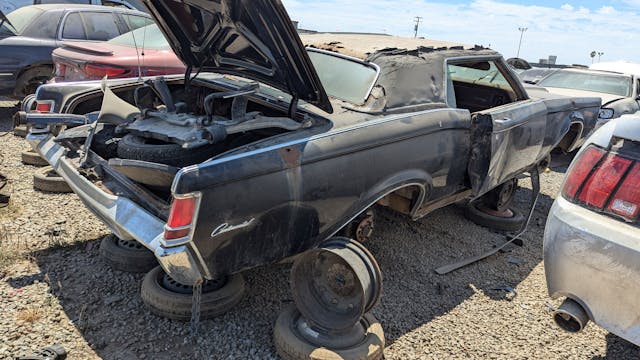
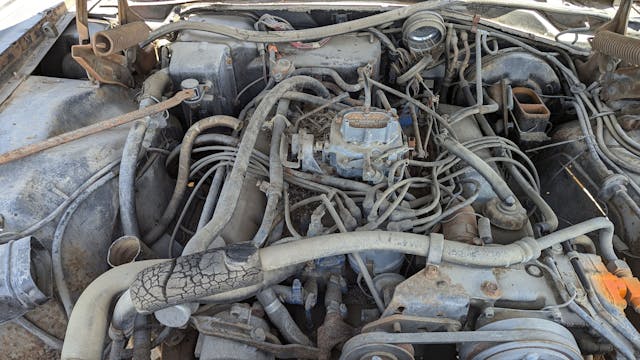

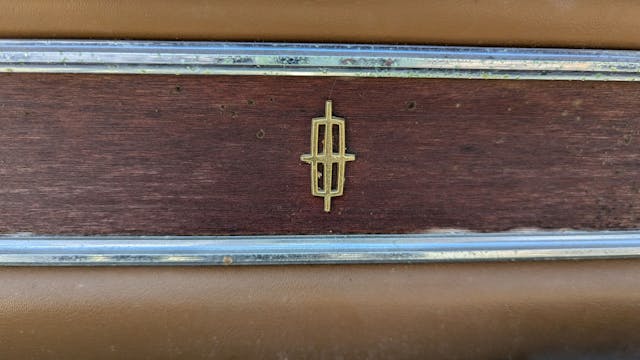


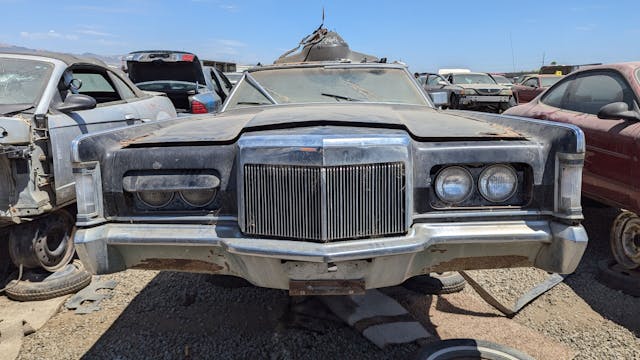


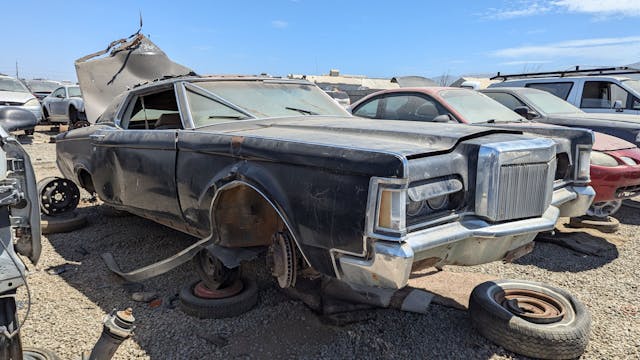
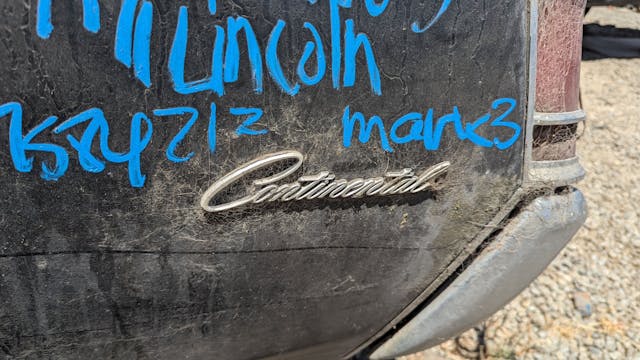
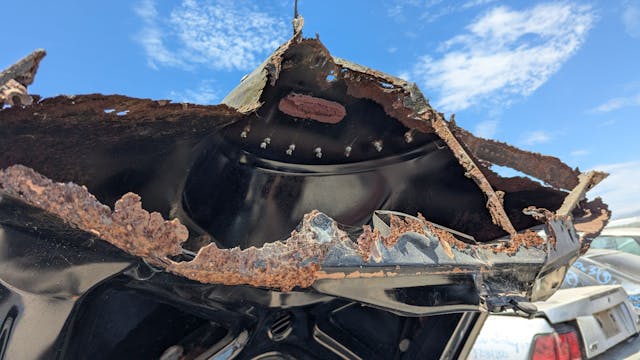
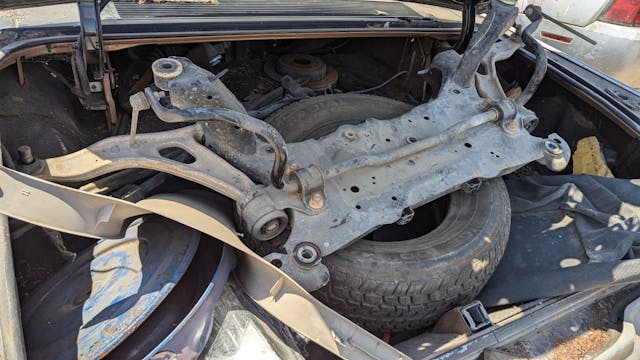

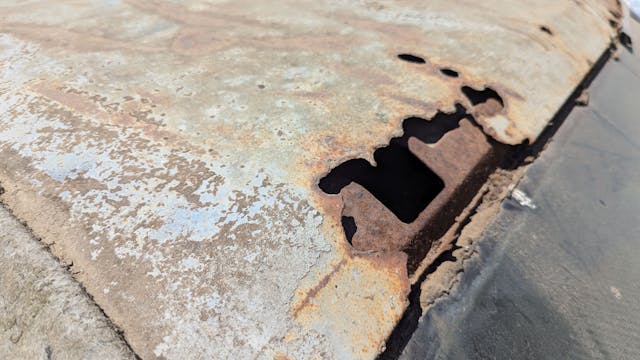
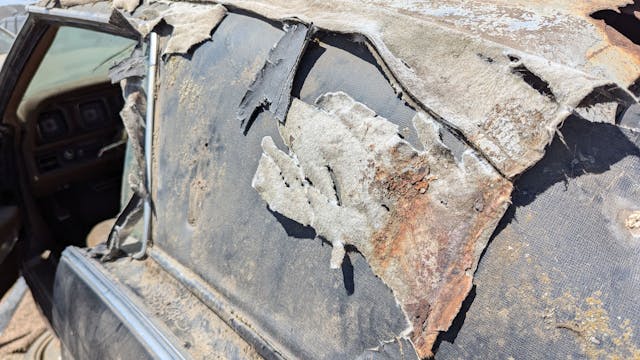
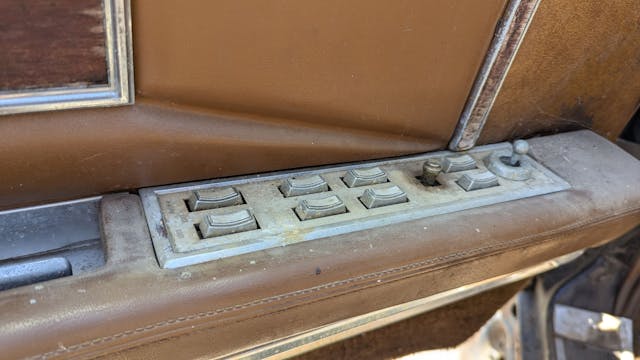


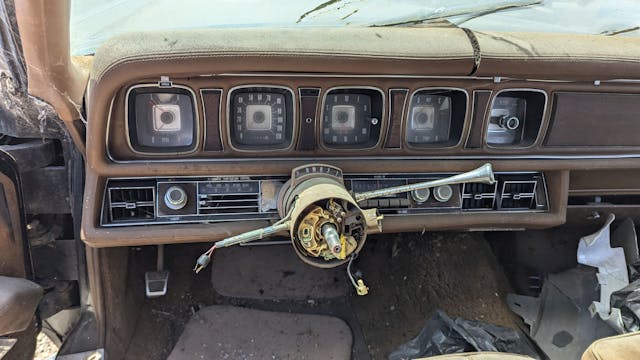

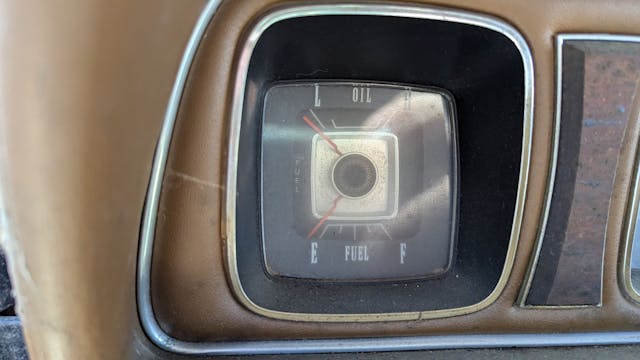


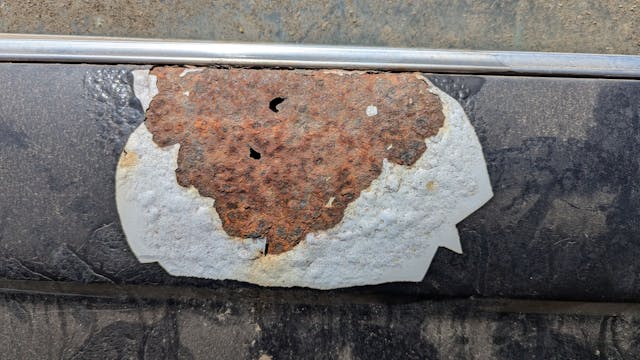
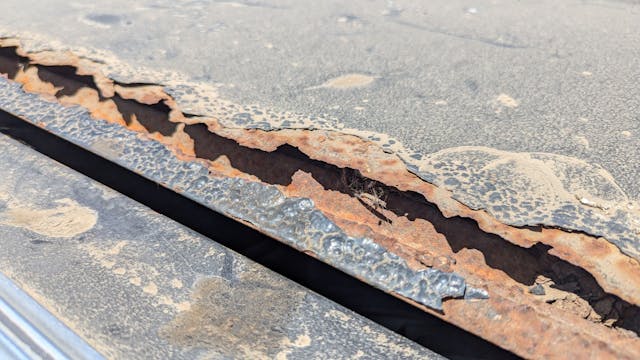


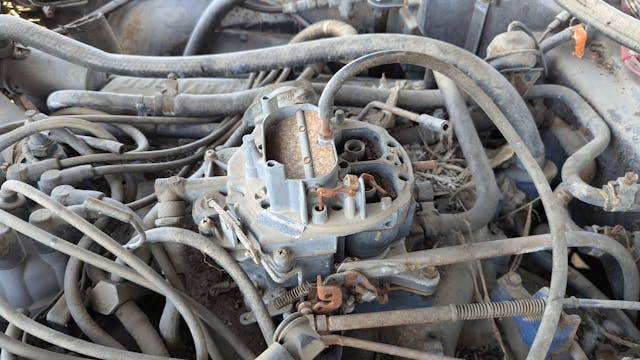
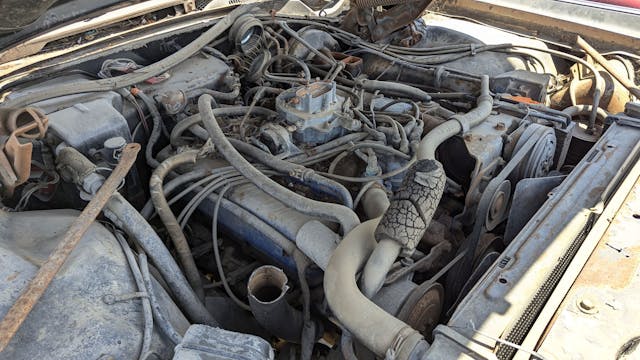
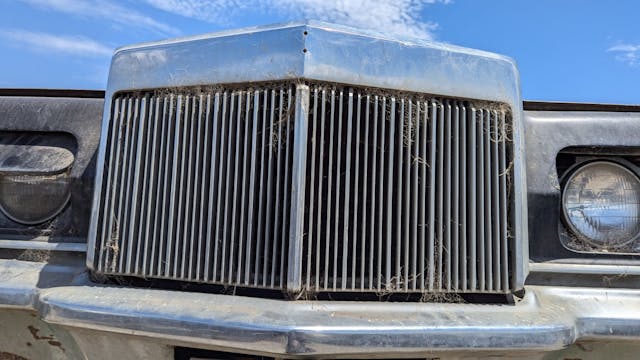























































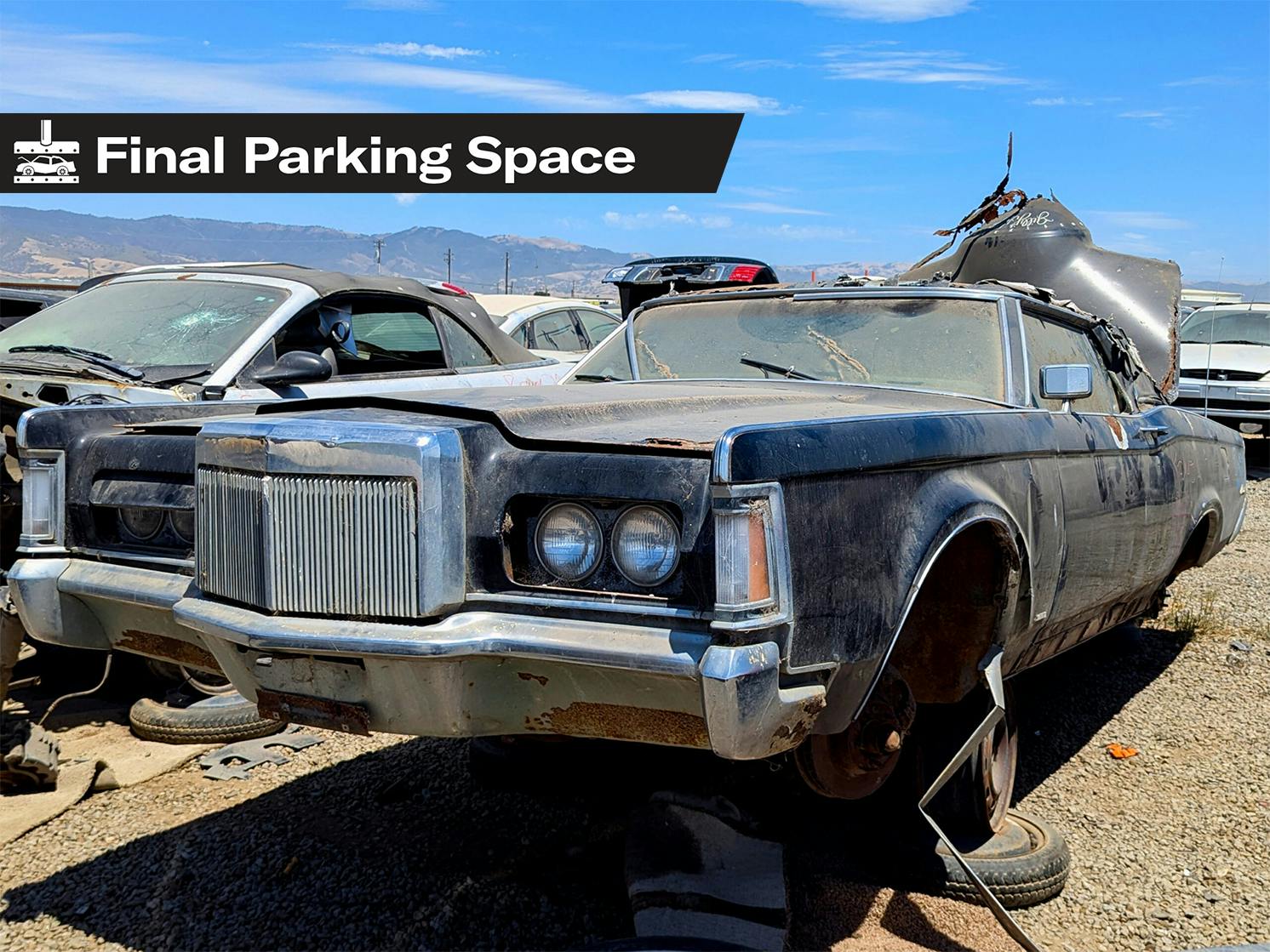
Not even a mention of checking the rocker panels?
My buddy had a 1974 Lincoln coupe. It had no joke 2 inch baby blue shag carpet in it. You can’t really get a good look at the floor, but it looks like they opted out of the shag in this one
I can see Salinas Valley sun and dust doing a job on the top and interior but surprised to see so much lower body rust. Perhaps migrated from somewhere east at some point………
Such a big boat. Reminds me of the later town car for some reason.
I don’ know about those Cartier clocks, but the clock in my 1982 Mark VI isn’t off by a minute in a year’s time